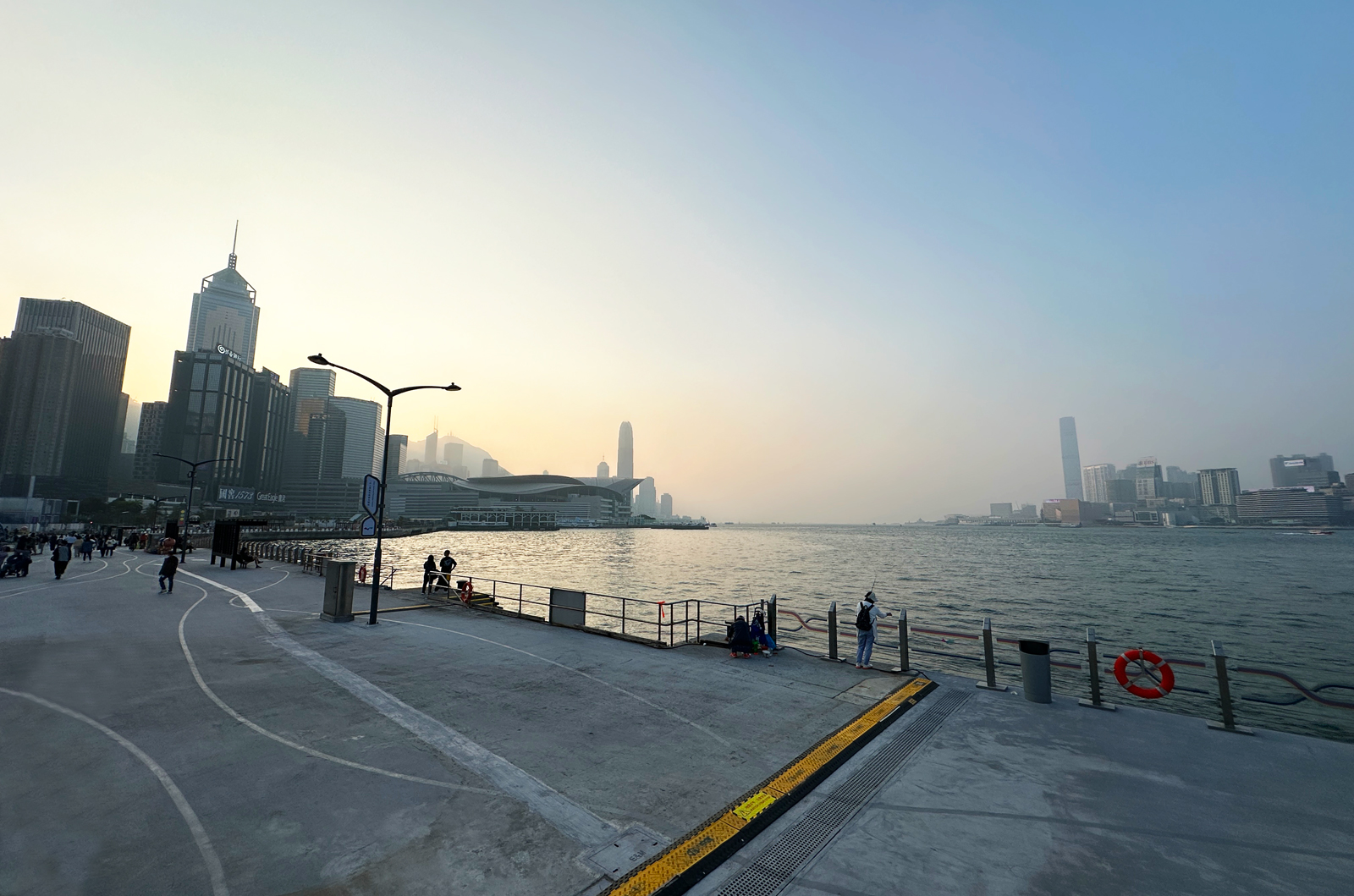
Experts in Hong Kong called for measures to forge closer ties with wealthy Asian countries and boost cross-border e-commerce as the central government eyes deepening reforms to the city’s trade sector amid a global supply chain reshuffle.
To step up reforms, Hong Kong’s trade sector should look for new growth engines in emerging markets including the Middle East and Southeast Asian economies, on top of its traditional partnerships with the US and Europe, said Kennedy Wong Ying-ho, lawmaker for the import and export constituency.
The city’s traditional allure as an entrepot needs to tie in with the digital economy by promoting cross-border e-commerce platforms and cultivating digital talent, said Wong, who is also honorary president of the Hong Kong Chinese Importers’ and Exporters’ Association.
READ MORE: HK to forge stronger ties with Asia-Pacific countries
Growing calls came a week after China reaffirmed its resolve to “consolidate and enhance” the Hong Kong Special Administrative Region's status as an international trade center in a resolution adopted at the third plenary session of the 20th Central Committee of the Communist Party of China.
After the big policy meeting, Xia Baolong, director of the Hong Kong and Macao Work Office of the Communist Party of China Central Committee, called on the SAR to embrace reform and navigate significant internal and external changes during a high-level meeting in Beijing.
But sustaining growth in trading sectors won’t be easy for Hong Kong given the strong headwinds arising from a reworked global trade playbook, said Andy Kwan Cheuk-chiu, director of the ACE Center for Business and Economic Research.
One such headwind to have arisen is the increasing difficulty in the Sino-US trade relationship, with both sides imposing tougher curbs and tariffs on crucial exports, ranging from advanced technology to raw materials essential for producing electric cars.
Among the brightspots to have emerged are the Middle Eastern countries and large economies in the Association of Southeast Asian Nations (ASEAN), said Kwan.
The oil-rich Middle Eastern countries’ economic diversification efforts align well with China's ambitious Belt and Road Initiative — the country’s flagship overseas infrastructure and investment project. According to the State Council, the Middle East was China’s fastest-growing trading partner in 2022, up 27.1 percent year-on-year.
Meanwhile, Southeast Asia is attractive for its market potential and supply chain advantages, in part built on its integration with Chinese supply chains, said Chim Lee, an analyst at the Economist Intelligence Unit (EIU), adding that the SAR will facilitate trade and investment flows between the China and the Association of Southeast Asian Nations (ASEAN).
Chief Executive John Lee Ka-chiu this week embarked on a six-day trip to three ASEAN countries — Laos, Cambodia and Vietnam — to develop potential business collaborations. The EIU forecasts that Vietnam and Cambodia will grow by 6-7 percent in real terms every year from 2024 to 2028.
The trip also marks Lee’s third visit to ASEAN countries since he assumed office in 2022.
ALSO READ: Experts urge shift to digital trade, cross-border e-commerce
Terence Chong Tai-leung, executive director of the Lau Chor Tak Institute of Global Economics and Finance at the Chinese University of Hong Kong, said it is important for the SAR to engage directly with ASEAN countries and to update them with first-hand information.
The SAR needs support from ASEAN to join the Regional Comprehensive Economic Partnership — a free trade agreement among 15 Asia-Pacific economies. “Although Hong Kong is already a free port without tariffs, joining the RCEP can stimulate further investment.”
One way to expand connections in emerging markets would be to tap cross-border e-commerce via digital platforms, said Wong.
“All of these require the government, our industry, and the enterprises themselves to increase investment in digitization,” Wong said, adding that vocational training and applied technology for cross-border e-commerce are vital to meet the market gap.
As Hong Kong’s traditional economic pillar, the trading sector plays a pivotal role in driving the city’s post-pandemic growth.
In the first half of 2024, Hong Kong’s merchandise export value rose by more than 12 percent compared with a year ago, according to the Census and Statistics Departments.
Chim Lee forecasts that the goods trade via Hong Kong will grow by around 10 percent in 2024 year on year in nominal US dollar terms, which is broadly in line with improvements in exports across Asia.
“Hong Kong's position as a transshipment hub suggests that trade improvement will benefit the city’s trading and logistics sector, which accounts for about a quarter of its economic output while offsetting relative weaknesses in retail sales and the financial market,” Lee said.
Contact the writer at evanliu@chinadailyhk.com


